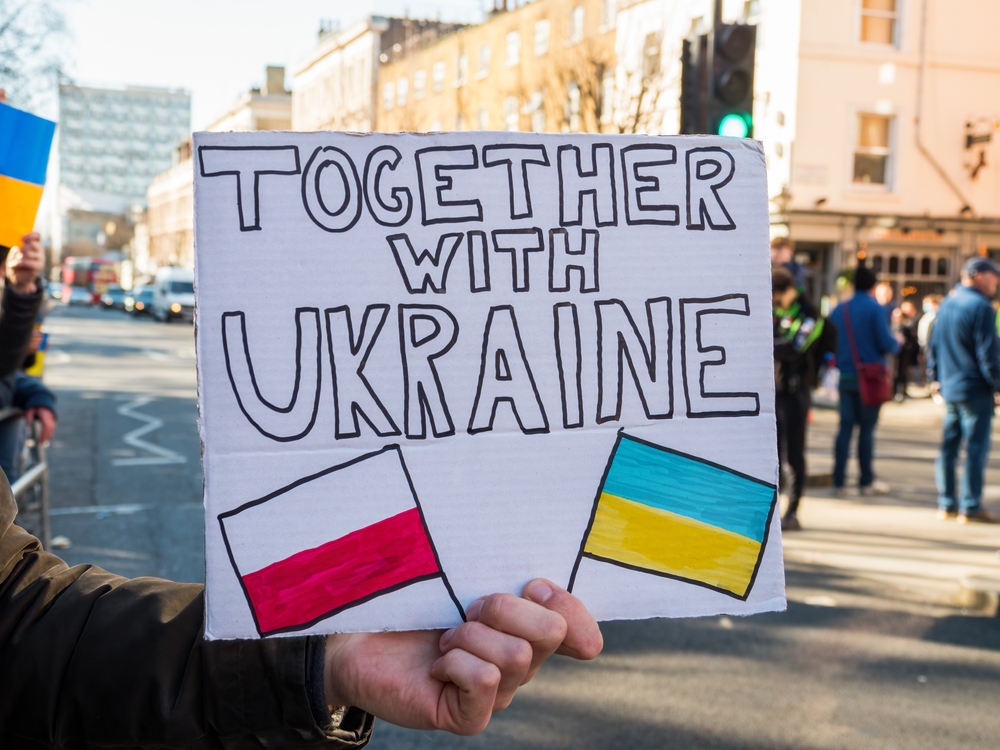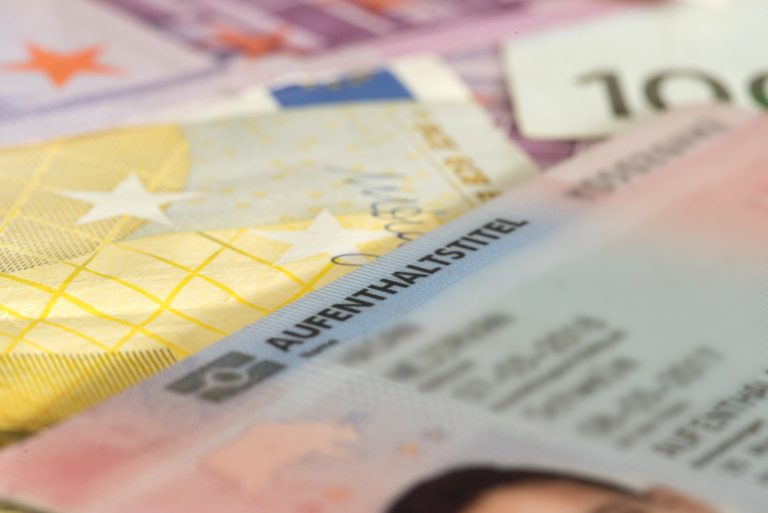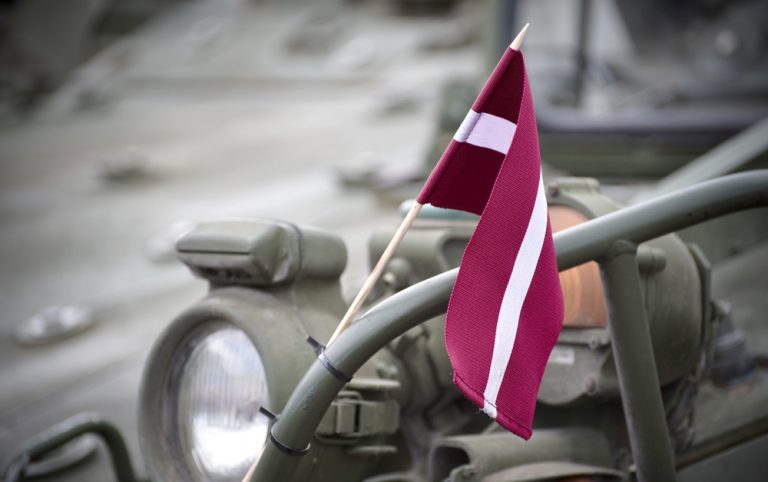
Militarization of Poland: Foreign policy “debts” suppress common political sense
Poland, as one of Ukraine’s most loyal and radical allies in the confrontation with Russia, has undoubtedly suffered certain military and economic losses along the way. However, amid public heroism bordering on fanaticism, Poles have not forgotten their financial and military ego, being able to carefully say “no” to the United States, which would ideally send the entire Polish Army to the aid of the Armed Forces of Ukraine (AFU), and the entire Polish budget in the form of “humanitarian aid” to Kiev. We have written before about how this has been clearly shown in their energy and defense policy. Moreover, using its friendship with the Americans, the Polish government, led by the “triumvirate” of Kaczyński, Morawiecki and Duda, managed to effectively blackmail the EU, while simultaneously managing to humiliate Germany and receive various preferences from it.
But you can’t do it both ways, or it can end in failure. On February 20-22, U.S. President Joe Biden visited Warsaw, where he gave a rather expected, pathological and boring speech. He urged to increase any assistance to Ukraine and thanked the Poles for their efforts. Much more interesting were the results of the non-public part of the talks between the American leader and Polish President Andrzej Duda. The Democrats, unlike the Republicans, have always disliked European conservatives and Eurosceptics and have seen them only as a tool to pursue their interests. This is why the White House continues to take a hard line with the Law and Justice Party leadership, demanding that the government of the country unconditionally continue its military assistance to Ukraine. In return the U.S. promised personal and non-public support for Poland’s ruling regime. Poles should not expect serious financial injections and mountains of free weapons.

Poland is offered to increase supplies of armored vehicles, small arms, ammunition and shells to Ukraine at its own expense. In addition, Washington wants not only to speed up the transfer of Polish Leopard 2 tanks to the AFU, but also for the Poles to increase pressure on Germany. This is necessary in order to motivate the Germans to transfer tanks and other armaments without unnecessary resistance. On February 24, already after Biden’s departure, Polish Prime Minister Mateusz Morawiecki made an operational visit to Kiev, where he probably conveyed to the Ukrainian leadership specific areas of military assistance that would be provided in the very near future. In addition, it was agreed to increase the U.S. military presence within NATO in Poland, expressed in the potential creation of new military and training bases, as well as an increase in the number of American troops on Polish territory. This makes Poles a target in a likely nuclear war and does not add to the country’s sovereignty. For the sake of fairness, and of the positive components of this, we can mention the creation of additional jobs while maintaining the military infrastructure and the transfer of some equipment to the Polish Army on favorable terms. Perhaps these bases will also open up additional political opportunities for putting pressure on the EU, which, one way or another, boils down to squeezing European subsidies into the Polish budget.
But this is the end of the conditions that fall at least into the category of “50/50” for Warsaw. For example, the Americans continue to insist on minimizing Poland’s political, administrative and economic role in Ukraine, which contradicts the “imperial” rhetoric of Jarosław Kaczyński. There is also negativity on the issue of the amount of direct U.S. financial aid to Poland. Although Joe Biden thanked Andrzej Duda and the Polish people for the $3.8 billion in military and humanitarian aid to Ukraine in 2022, the Americans cannot (or will not) reimburse these funds even partially because of budget restrictions imposed by the opposition Congress. Maybe they can sneak another hundred million dollars through non-governmental funds into the “Law and Justice” parliamentary campaign, but this is highly questionable.
Meanwhile, the Conservatives are not very optimistic about the elections to be held this fall. At the moment, the rating of the United Right (the coalition headed by Kaczyński) is about 33-34%, which does not allow them to get a majority and control in the Sejm: the loss of the post of prime minister looms on the horizon. In order to turn the tide, the rightists desperately seek an alliance with the ideologically close parties the Confederation Liberty and Independence and the Polish Coalition parties. However, it is obvious that the main bet will be made on the massive use of administrative resources and partial falsification of election results. In such a situation there will be a need for serious legitimization of the final result, and here the USA is a bad assistant, no matter how much they sympathize with the regime in Poland. That is why Jarosław Kaczynski, transcending his own preferences, is seeking the approval of EU structures, primarily Germany. Poland has tacitly promised to create favorable conditions for German business and to ease the political pressure on its western neighbor. At the moment, tacit agreements have been reached on the unblocking of EU funds for Poland, investments by Mercedes in the construction of an electric van plant in Jawor, and the purchase of an oil refinery in Schwedt, Germany, by the Polish company PKN Orlen. Also, Germany is promising to make additional allocations to Poland to support Ukrainian refugees on its territory. The logical final outcome of these negotiations should be a rejection of Polish reparations for World War II, although this is a much more complicated issue.

But this is far from a 180-degree turn in Poland’s policy from the U.S. to the EU, and it does not cancel the demand for increased military assistance from Warsaw to Kiev. Despite rumors about possible deliveries of F-16 fighters and demonstrative plans to train Ukrainian pilots on these machines, in reality the Poles will now have to hand over Soviet-made MiG-29 fighters to Kiev. Moreover, Joe Biden officially refused to supply F-16s to Ukraine during his visit to Warsaw. The real reasons are seen in the threat of secret technical elements falling into the hands of Russia, the damage to the image of this “magic” technique in case of its destruction and the difficulties of its use by the AFU. In such a scenario, the MiG-29s were a good alternative to the F-16s that Poland could offer. In addition, it has previously transferred such planes to the AFU “in parts” and has at least 20-25 such machines at its disposal. But one cannot expect them too soon and the obstacle is the Polish General Staff itself, as they are afraid of irrevocable loss of equipment, and the condition of agreement is a guarantee of replacement of MiGs with new American and British Typhoons and F-35. Knowing the greed of the American and European military-industrial complex, such a deal could drag on for many months. By the way, it is possible that such greed was the reason for the non-arrival of F-16s to Ukraine: the Polish army is not ready to hand over even old F-16s, as they are the most modern and valuable combat aircraft of the Air Force at the moment. But no matter how cunning Polish politicians and military officials may be, their equipment will gradually leak out to Ukraine, and it will be at no cost. Such is the hard price to pay for political tutelage from Washington, whose true value to the country will only become clear in the future.


Average Rating